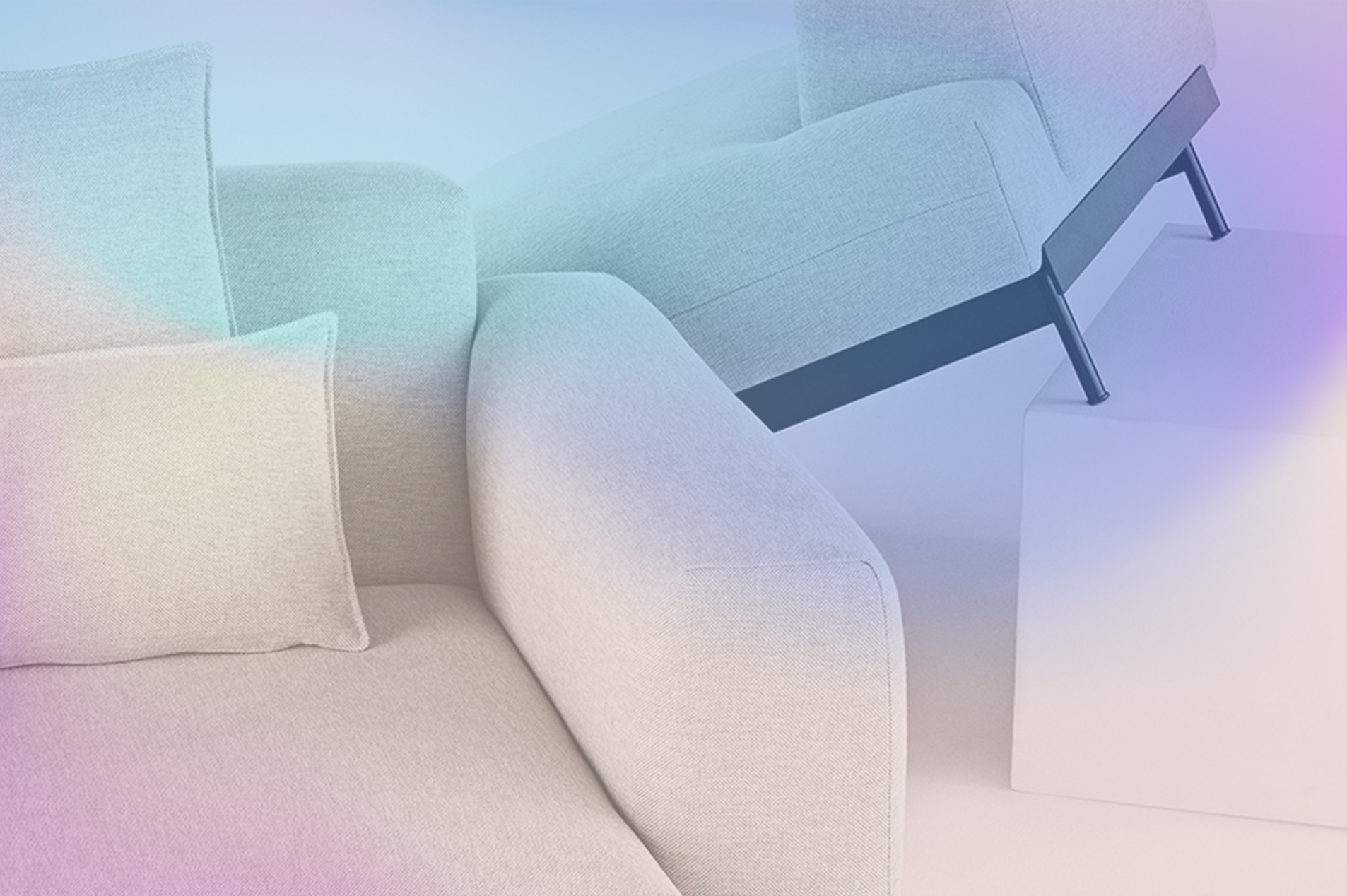To effectively reclaim these valuable prospects, furniture and design brands need remarketing strategies as sophisticated and nuanced as their products. It's about moving beyond generic reminders and instead, deploying a multi-faceted approach that understands the unique psychology behind high-ticket furniture purchases.
The Nuance of Furniture Cart Abandonment
Why do customers abandon a furniture cart? It's rarely a lack of interest. More likely, it's a combination of factors related to the long consideration phase:
- High Financial Commitment: A significant outlay requires careful budgeting and often, spousal or family approval.
- Logistical Hurdles: Delivery timelines, assembly, and ensuring the piece fits the space are real concerns.
- Need for Visualization: Customers often need more time to imagine the piece in their home, sometimes even measuring and re-measuring.
- Comparison Shopping: Extensive research into alternatives, materials, and pricing is common.
- Information Overload: The sheer volume of options can lead to decision paralysis.
- Timing: The purchase might be planned for a future move, renovation, or home improvement project.
Understanding these underlying reasons is the first step to crafting remarketing campaigns that genuinely resonate.
Beyond Basic Emails: Segmenting for Smarter Remarketing
The days of a one-size-fits-all abandoned cart email are over, especially for furniture. The key to effective remarketing lies in intelligent segmentation. Don't just group all abandoned carts; break them down based on these critical factors:
- Product Category & Price Point:
- High-Value Items (Sofas, Dining Sets, Beds): These require the most nurturing. Remarketing should focus on addressing financial concerns, highlighting financing options, and emphasizing longevity/investment.
- Mid-Range Items (Accent Chairs, Coffee Tables): While still considered, the sales cycle might be slightly shorter. Focus on design inspiration, complementary pieces, and limited-time offers.
- Lower-Value Items (Decor, Lighting, Textiles): These might respond well to more direct scarcity tactics or small incentives.
- Cart Value:
- A cart with a single high-ticket item warrants a different approach than one with multiple, lower-priced items. High-value carts might benefit from direct outreach or more significant incentives.
- Engagement Level Before Abandonment:
- Deeply Engaged (Multiple Page Views, Added to Wishlist, Spent Significant Time): These users are highly interested. Remarketing can be more direct, focusing on removing specific barriers or offering a gentle nudge.
- Lightly Engaged (Added to Cart Quickly, Few Page Views): They might need more information or a stronger re-introduction to the product's benefits. Dynamic product ads are excellent here.
- Time Since Abandonment:
- Immediate (Within 1-6 hours): A gentle reminder email, focusing on convenience or reiterating benefits.
- Mid-Term (1-3 days): Introduce social proof (reviews), showcase alternative angles, or offer visual aids.
- Long-Term (1-2 weeks+): Re-engagement strategies, perhaps with a more compelling offer or highlighting new arrivals that align with their previous Browse.
Advanced Remarketing Tactics for Conversion Velocity
Once segments are defined, deploy a multi-channel remarketing playbook that goes beyond the inbox:
- Personalized Email Sequences (Not Just Single Emails):
- Email 1 (Immediate - 1-2 hours): "Did you forget something?" - A soft reminder with a clear image of the abandoned product and a direct link back to the cart. Focus on convenience.
- Email 2 (24-48 hours): "Still thinking about it?" - Reiterate key benefits, highlight unique selling points (e.g., craftsmanship, materials), and embed a positive customer review or a link to a relevant design blog post showcasing the item.
- Email 3 (3-5 days): "Visualize it in your space." - Offer a link to a room planner, AR tool, or show lifestyle imagery. Consider a gentle offer (e.g., "free design consultation" or "complimentary fabric swatch").
- Email 4 (7-10 days+): "Don't miss out." - If appropriate, introduce a low-pressure incentive (e.g., small discount on shipping, a bonus accessory) or highlight dwindling stock (if genuine). For very high-value items, consider a personalized outreach from a sales associate offering assistance.
- Dynamic Product Ads (DPAs) with Enhanced Creative:
- Visual Reinforcement: Beyond just showing the product, use DPAs to display lifestyle shots of the exact abandoned item in aspirational settings.
- Carousel Ads: Showcase different angles, material swatches, or even user-generated content featuring the product.
- Personalized Messaging: Overlay text on ads that addresses common furniture buying concerns (e.g., "Free Shipping," "Easy Returns," "Financing Available"). Target users who abandoned specific categories with relevant messaging.
- Leveraging Social Proof & Trust Signals:
- Review-Focused Ads: Create remarketing ads featuring glowing customer testimonials or star ratings for the abandoned products. Social proof is paramount for high-ticket items.
- "As Seen In..." or "Expert Approved": If a product has been featured in a design magazine or endorsed by an interior designer, use this in remarketing creative.
- Guarantees & Warranties: Clearly feature money-back guarantees, product warranties, and robust customer service information in your remarketing efforts to build confidence.
- Strategic Use of Incentives (Segmented & Measured):
- Avoid Blanket Discounts: For furniture, a small discount might not be enough to sway a major purchase and can devalue the brand.
- Targeted Offers:
- Free or Discounted Shipping: A powerful incentive, especially for bulky items.
- Complimentary Design Consultation: For those who seem to be struggling with choice or fit.
- Bundle Offers: "Complete your look with X% off accessories when you purchase your Y."
- Extended Warranty/White Glove Delivery: Adding value that addresses logistical concerns.
- Limited-Time Exclusives: For specific product lines or events.
- Test and Learn: A/B test different incentives across segments to understand what truly moves the needle for your audience.
- Multi-Channel Retargeting Symphony:
- Display Ads: Keep your brand and the abandoned product top-of-mind across the web.
- Social Media (Facebook, Instagram, Pinterest): Highly visual platforms are perfect for showcasing furniture. Utilize lookalike audiences based on abandoned cart data to find similar high-intent users.
- Google Search Ads (RLSA): Target those who abandoned a cart when they conduct related searches (e.g., "best sofas," "dining room design"). This shows up when they are actively seeking solutions.
- SMS (with opt-in): For urgent, time-sensitive offers or highly personalized follow-ups. Use sparingly and respectfully.
Measuring Success and Iterating
Beyond tracking simple conversion rates, analyze the ROI of your remarketing efforts. Are certain segments responding better to specific messages or incentives? Is your attribution model giving proper credit to remarketing touchpoints within the long sales cycle?
Regularly review:
- Conversion Rate by Remarketing Segment: Identify your most responsive audiences.
- Average Order Value (AOV) of Reclaimed Carts: Are you bringing back high-value customers?
- Time to Conversion: How long does it take to convert an abandoned cart once remarketing begins?
- Customer Lifetime Value (CLTV): Do reclaimed customers become repeat buyers or advocates?
For furniture and design brands, reclaiming abandoned carts isn't just about saving a sale; it's about guiding a customer through a significant life purchase with empathy, information, and strategic nudges. By tailoring remarketing strategies to the unique characteristics of this industry – the extended consideration phase, the need for visualization, and the high-value commitment – brands can significantly increase their conversion rates and build lasting customer relationships.





